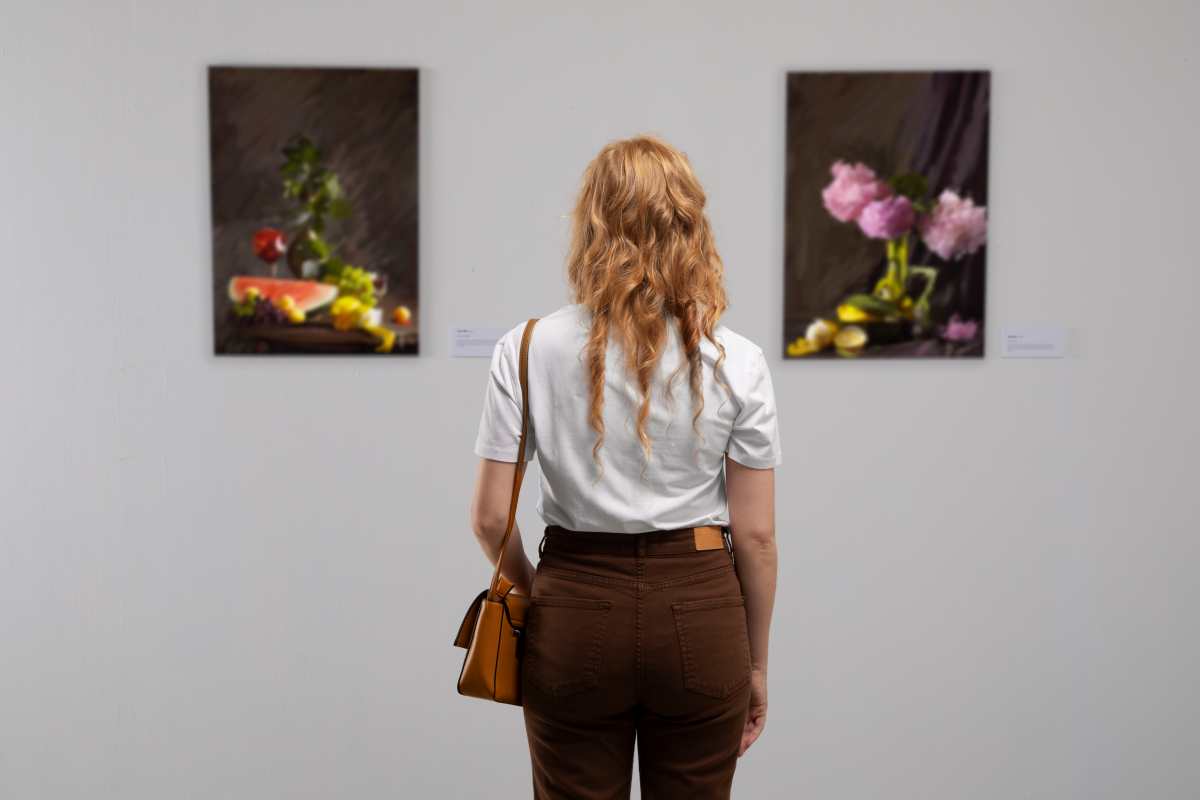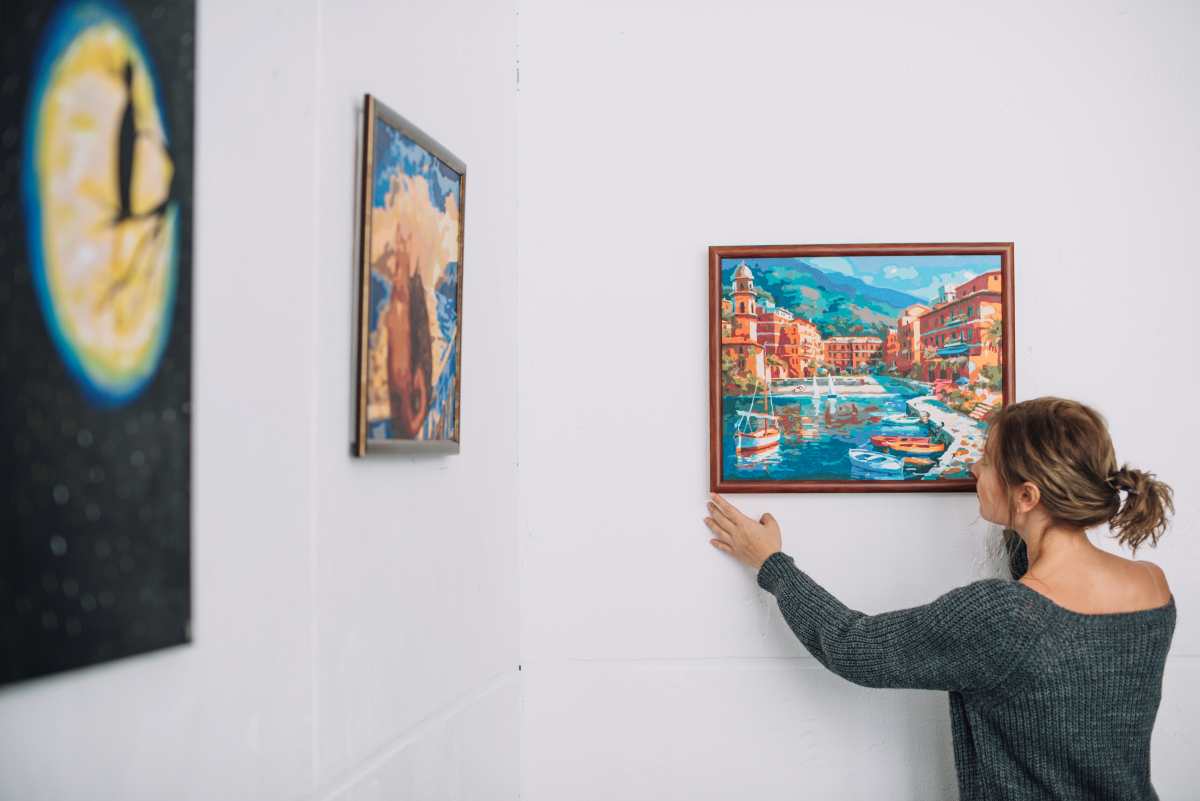
Let us not fall into the deception of believing that organizing an exhibition is easy. Art deserves a place of honor in the world, considering that it is the testimony we leave to future generations.
From ancient cave forms to Renaissance masterpieces, we have never stopped looking for a way to deliver thoughts, feelings, current events to posterity. But how to plan an exhibition? What influences the choice of a place to display artworks? An in-depth study.
How to organize an art exhibition: let’s start with the essentials

Even before choosing a location for exhibitions, we absolutely must be clear about some basic ideas, especially of a practical nature, because they influence the exhibition itself.
We are not talking about just any event to allow the public to observe the most beautiful works of an artist, but there is (almost) always a common thread, i.e., a theme to be chosen, so as to provide some consistency.
Clearly, the exhibition must have a catchy title and name that will intrigue and tickle people’s interest. Once you understand the theme and title, you move on to the next step: the location.
You want the best for your exhibition project, but be aware that not all locations are suitable, as some people favor a more modern, industrial or classic style. Pay attention to lighting as well, as venues with good light are essential, so as to create the right atmosphere.
Exhibition locations: ideas to consider
When searching for a location to mount art exhibitions, one must follow the thread of what the artist intends to convey. The images must speak within the context: they must stand out, and therefore the design is almost never complicated, otherwise you run the risk of overshadowing the exhibition itself.
But this rule does not apply to all events, because there are also those cases where a dialogue is created between the works and the context. Many places, in any case, lend themselves excellently to the purpose: we summarize some of them.
Historic mansions
For a more formal atmosphere, for a classic exhibition, for an artist seeking excellence in detail, a historic home is nothing short of impeccable. In this case, the venue becomes a sharing space, a way to increase the prestige of the exhibition.
Loft
The setting is more informal, but equally exceptional: exhibiting in a loft is a super trendy idea, considering that in New York it is almost the norm. It can be custom set up, taking care to choose all the details down to the smallest detail.
Industrial spaces
Modern artists definitely prefer unusual spaces for their exhibitions, because sometimes there is a need to recall what is on display with the context in which it is observed. And what could be better than industrial spaces for contemporary and more pop works?
Posizione minimalista
From villas to apartments, countless exhibition locations fall into this category: they are usually suitable for all projects where there is a need to bring out the paintings, not the design of the room. It must, of course, be spacious, able to accommodate everyone, and without particular clutter.

